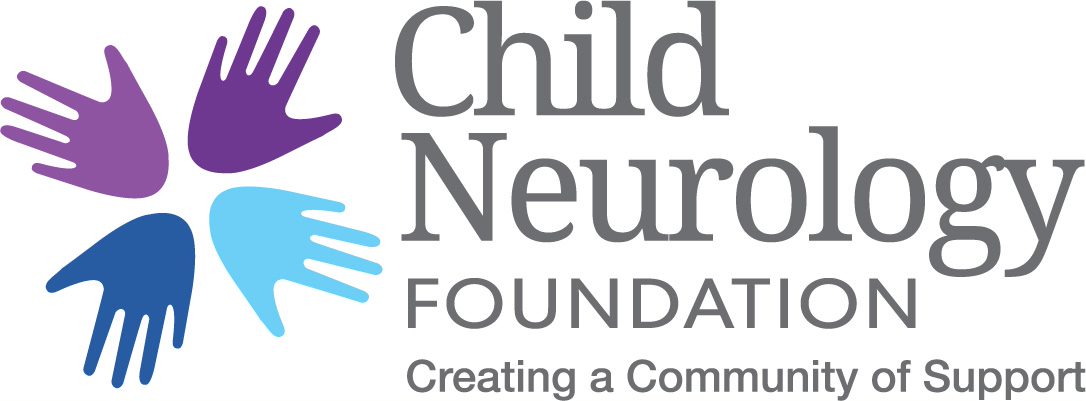
Authors: Mekka Garcia, MD , NYU Grossman School of Medicine; Alison L. Christy, MD, PhD , Providence Pediatric Neurology at St. Vincent Medical Center – Portland, Oregon
Reviewed: July 2021
SUMMARY
Guillain-Barré syndrome (GBS) is a rare autoimmune disorder of the peripheral nerves. The cause is unknown, though many believe it is due to the body’s immune system attacking itself. There is usually an infection before symptoms occur. Symptoms vary depending on which nerve is affected, but usually weakness starts in the toes and feet, and progresses up through the body. A thorough history, clinical examination, and lumbar puncture as well as nerve conduction studies are key to diagnosis. Early treatment is essential to recovery.
JUMP TO
Disorder Overview
DESCRIPTION
The immune system is made up of immune cells. These cells usually fight off threats from the outside, such as viruses, bacteria, and fungi. In autoimmune diseases, the cells of the immune system attack the healthy cells of the body.
The nerves of the body are like electrical wires. They have a coating on the outside called myelin. Some nerves allow you to feel (sensory nerves). Others allow you to move (motor nerves). The set of nerves that travel from the spinal column to the muscles is called the peripheral nervous system.
Cells from the immune system can sometimes attack the myelin outer coating on the nerves. Immune cells produce proteins called antibodies. Sometimes, antibodies cause other cells to attack the myelin. In GBS, the myelin in the peripheral nervous system is attacked. This can affect sensation and movement.
GBS can affect anyone. It is more common in adults. It is estimated to affect about 1 in every 100,000 people every year.
SIGNS AND SYMPTOMS
Usually, GBS begins with changes in sensation in the feet and weakness in the feet. These changes are usually the same on both sides of the body. Weakness or sensory changes can progress upward to the torso and arms, making it difficult to move or breathe.
Other symptoms can include:
- Numbness
- Tingling or burning sensation
- Pain in the limbs
- Difficulty walking or clumsiness
- Constipation
- Problems with urination
- Respiratory muscle weakness resulting in difficulty breathing, swallowing, or coughing
Miller Fisher syndrome (MFS) is a variant of GBS. The classic triad of symptoms in MFS is:
Weak eye muscles

CAUSES
The cause of GBS is unknown. Most cases occur after the symptoms of a “cold” (runny nose, cough, congestion, fever) or after diarrhea. These illnesses may cause the immune system to attack its own nerves by mistake. The immune cells then cause destruction to the nerves linking to the muscles.
Occasionally, GBS can occur after a vaccination. For instance, it can occur after a vaccine for seasonal influenza. This is extremely rare. It is more likely that an individual will catch the flu and then develop GBS than that they will get GBS from the flu vaccine. A history of GBS does not mean you cannot get vaccinations.
LABORATORY INVESTIGATIONS
A health history and physical exam are key to diagnosing GBS. Two other studies can aid in making the diagnosis:
Lumbar puncture
Nerve conduction study
Pictures of the brain or spinal cord may sometimes be necessary to make sure GBS is the correct diagnosis. Pictures are taken using magnetic resonance imaging, or MRI.

TREATMENT AND THERAPIES
Early treatment is essential to preserving the nerves.
Treatments include:
Intravenous immunoglobulin (IVIG)
Plasma exchange (plasmapheresis)
Blood is removed from the patient, and the patient’s blood cells are separated from the liquid part of the blood (plasma). The blood cells are then returned to the patient, combined with a plasma substitute, or with plasma from a donor. This process removes immune components that cause inflammation, including antibodies, immune complexes, and cytokines.
OUTLOOK
The symptoms of GBS usually get worse over the first 2 to 4 weeks. Recovery usually starts after 4 weeks. Symptoms can continue to improve for 6 to 12 months. About 70% of people with GBS will recover completely. Others will have lifelong weakness. Physical therapy can be helpful with recovery. Some children may also need psychological support. Therapy or counseling can help them live with disability.
A small number of patients die from medical complications of GBS.
These include:
Some long-term complications of GBS include:
Most of the time, GBS occurs once and never happens again. Fewer than 1 out of 10 people who have GBS will have a second episode.

Resources
GBS|CIDP Foundation International
The GBS|CIDP Foundation International is a global nonprofit organization supporting individuals and their families affected by Guillain-Barre’ syndrome (GBS), chronic inflammatory demyelinating polyneuropathy (CIDP), and related conditions through a commitment to support, education, research and advocacy. The Foundation has a Youth, Teen, and Young Adult Events page. They also host a Youth, Teen, and Young Adult private Facebook group.

Research
ClincalTrials.gov for Guillain-Barre Syndrome are clinical trials that are recruiting or will be recruiting. Updates are made daily, so you are encouraged to check back frequently.
ClinicalTrials.gov is a database of privately and publicly funded clinical studies conducted around the world. This is a resource provided by the U.S. National Library of Medicine (NLM), which is an institute within the National Institutes of Health (NIH). Listing a study does not mean it has been evaluated by the U.S. Federal Government. Please read the NLM disclaimer for details.
Before participating in a study, you are encouraged to talk to your health care provider and learn about the risks and potential benefits.
Family Stories
The GBS|CIDP Foundation International believes that sharing stories can help the healing. The Patient Stories page is a good place to start that process by reading about others, including children, who are living with Guillain-Barre syndrome and other similar conditions. You may also submit your story via that same Patient Stories page.
The information in the CNF Child Neurology Disorder Directory is not intended to provide diagnosis, treatment, or medical advice and should not be considered a substitute for advice from a healthcare professional. Content provided is for informational purposes only. CNF is not responsible for actions taken based on the information included on this webpage. Please consult with a physician or other healthcare professional regarding any medical or health related diagnosis or treatment options.
References
Jasti AK, Selmi C, Sarmiento-Monroy JC, et al. Guillain-Barre syndrome: causes, immunopathogenic mechanisms and treatment. Expert Review of Clinical Immunology. 2016; 12(11): 1175-1189. http://dx.doi.org/10.1080/1744666X.2016.1193006
Willison HJ, Jacobs BC, van Doorn PA. Guillain-Barre syndrome. The Lancet. 2016; 388:717-27. http://dx.doi.org/10.1016/S0140-6736(16)00339-1
Yuki N and Hartung HP. Guillain-Barre Syndrome. N Engl J Med. 2012; 366:2294-2304. http://doi.org/10.1056/NEJMra1114525
